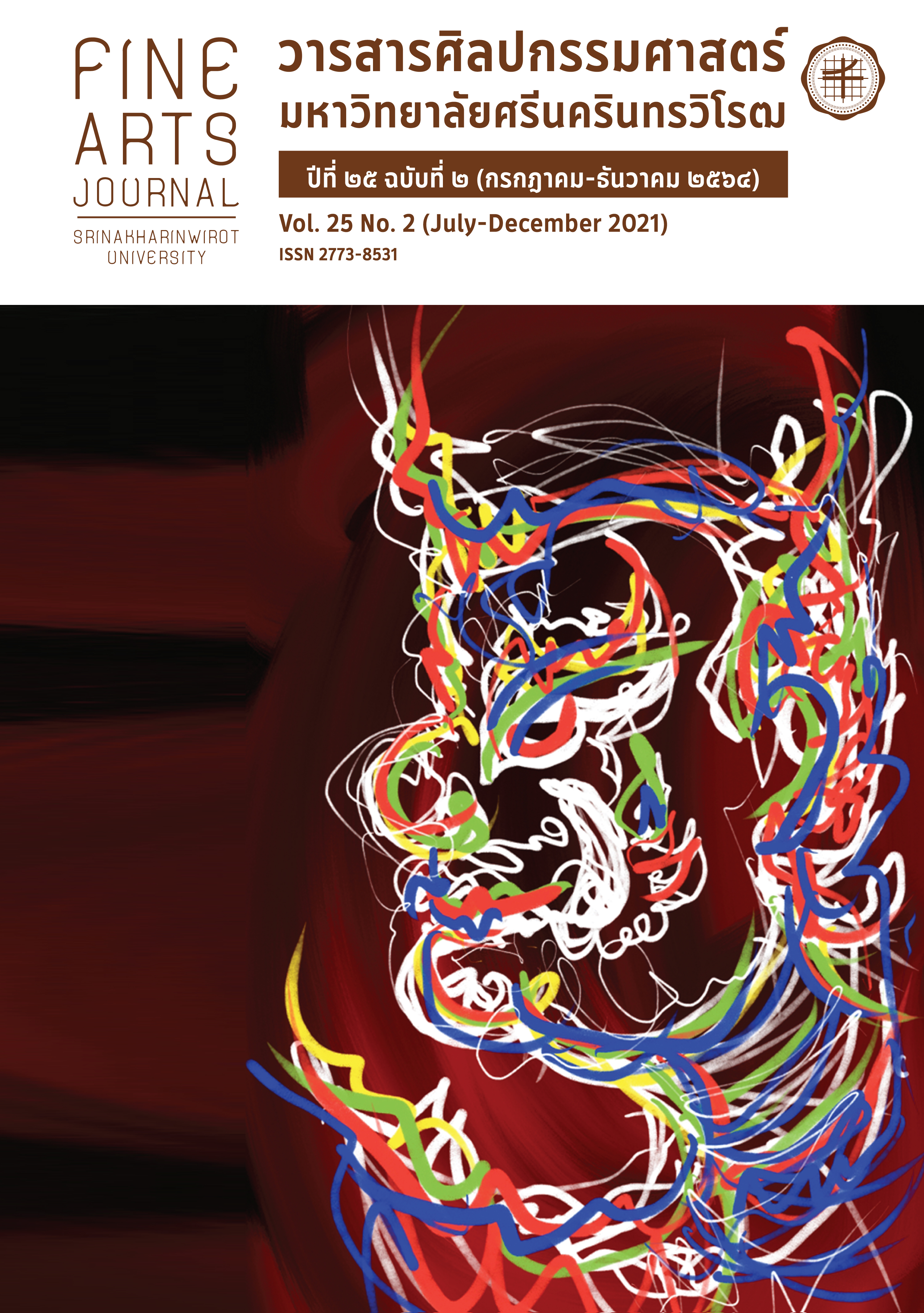THE UTILIZATION OF BIO-INNOVATION YOUNG TEAK WOOD FOR PRODUCT DESIGN
Keywords:
Young Teak wood, Adding properties, Bio-innovation, Product designAbstract
This research study aims at 1) conducting an experiment on using the bio-innovation to enhance the properties of young teak wood and 2) designing products from bio-innovation young teak wood. The research results showed that the extracts from Neem and Cassia were the most effective in preventing insect pests on young teak material and had the lowest cytotoxicity. The Cytotoxicity of HaCat at 53.561% and Cytotoxicity of Vero at 33.318%. The researchers then analyzed the demand for biological teak products using the Analytic Hierarchy Process (AHP) by collecting the data from the 103 participants using Google From. The research results showed that miscellaneous products were the ranked in the first position with the score of 0.5847. The second rank was small furniture with the score of 0.2091 and the third rank was large furniture with the score of 0.2062. The researcher designed four products and assessed the practicality of the model. The evaluation results show that the educational toys for children was the most practical product ( = 4.52, S.D. = 0.17). The Buddha shelf had a very high level of practicality ( = 4.48, S.D. = 0.21). The engraved products and the toy shelf also demonstrated the high level of practicality with the average scores respectively ( = 4.37, S.D. = 0.30) and ( = 4.33, S.D. = 0.25).
Downloads
References
วีระ เนตราทิพย์. (2560). การศึกษาอัตราส่วนของดินบ้านห้วยฝายกับดินเชื้อที่เหมาะกับการขึ้นรูปผลิตภัณฑ์เครื่องปั้นดินเผา. วารสาร
วิชาการ คณะเทคโนโลยีอุตสาหกรรม มหาวิทยาลัยราชภัฏลำปาง, 10(2), 85-94.
อรุณี ภู่สุดแสวง. (2553). การปลูกและจัดการสักเชิงเศรษฐกิจสำหรับเกษตรกรและภาคเอกชน.
กรุงเทพมหานคร: อักษรสยามการพิมพ์.
Peters, S. (2011). Design for enabling sustainable livelihoods in communities. Iridescent, 1(1),
-177.
Saaty, L.T. (1980). Analytic hierarchy process. New York: McGraw-Hill.
Yamane, T. (1973). Statics: An introductory analysis. New York: Harper and Row.






